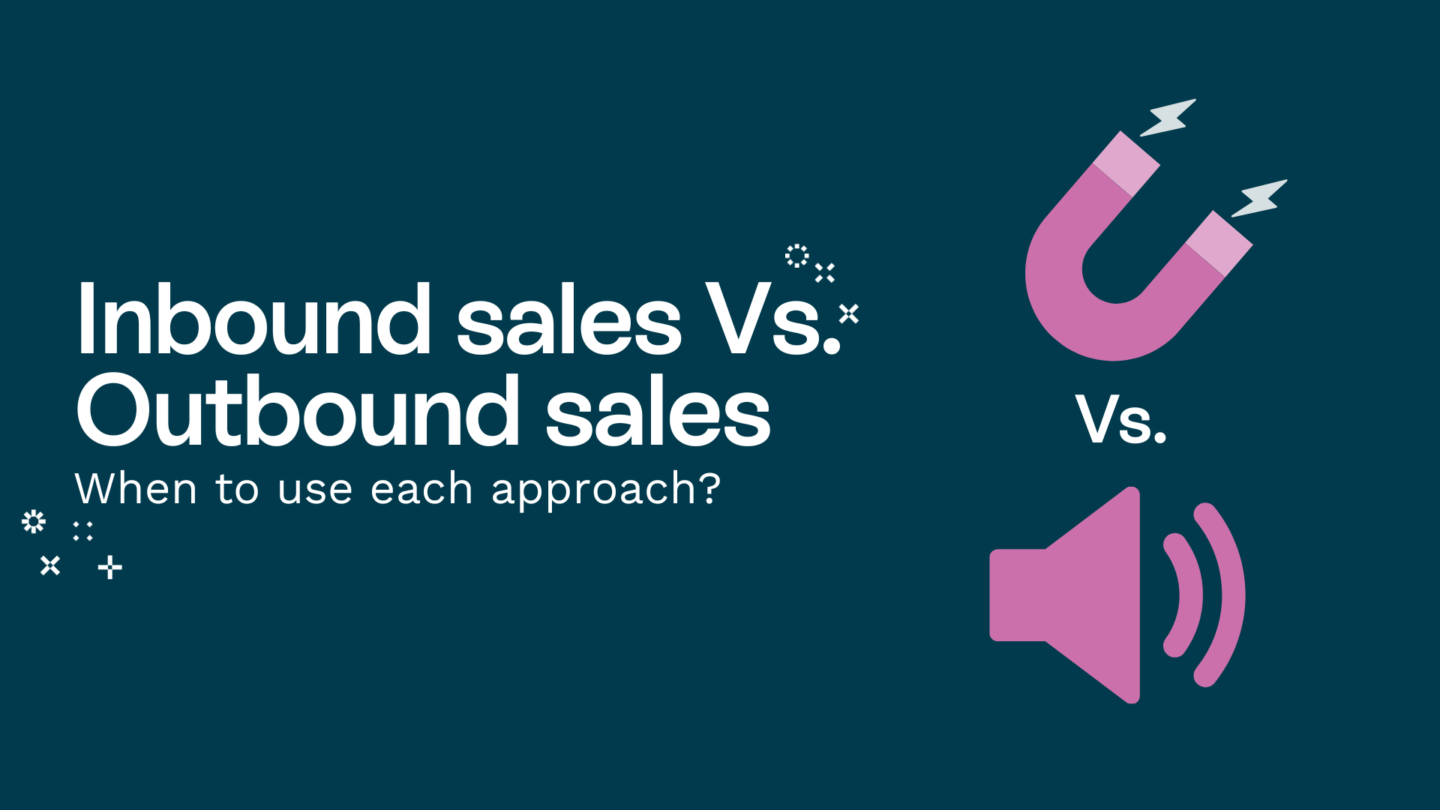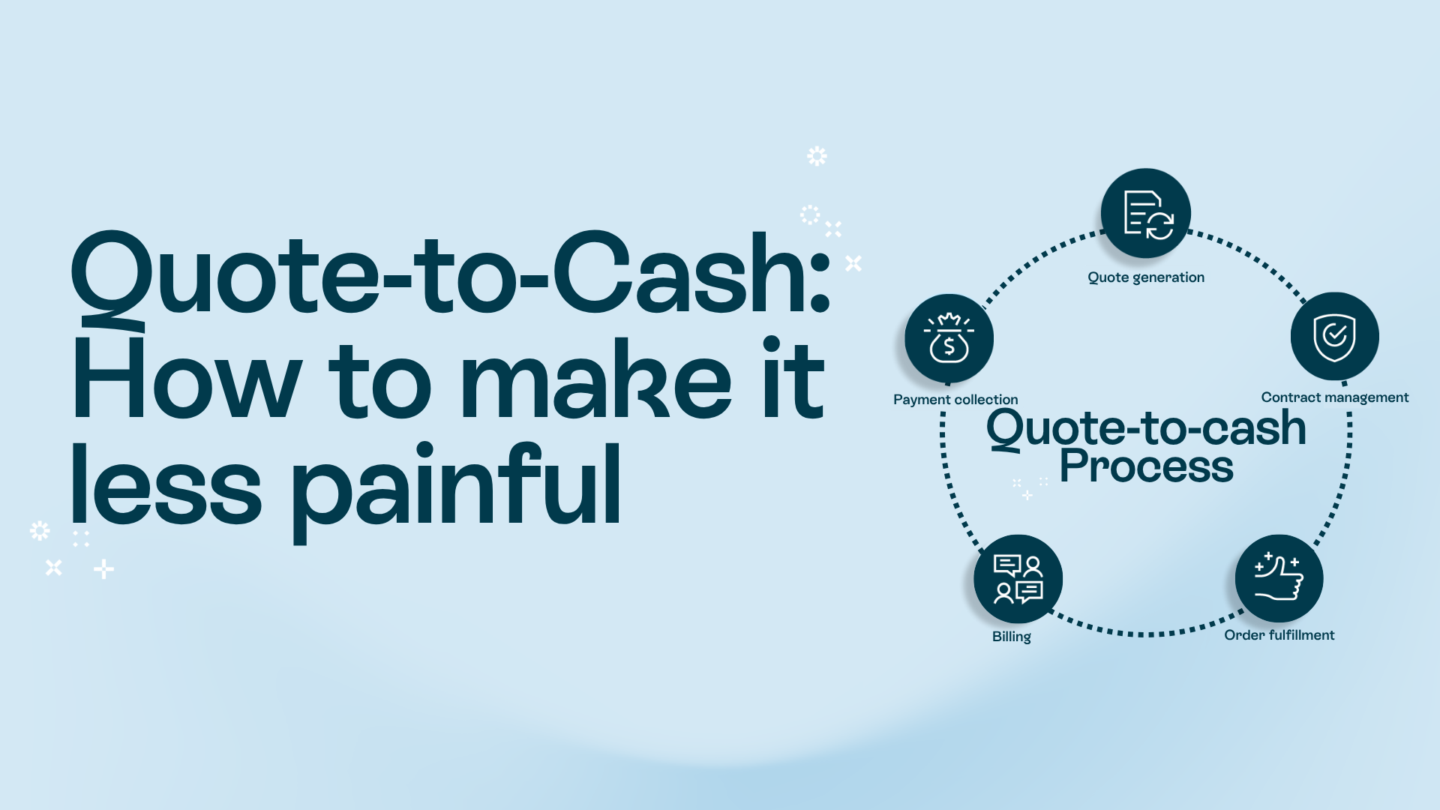If you’re in the e-commerce industry, you know how important it is to create a personalized proposal for your clients. However, the process of creating a proposal from scratch can be time-consuming and daunting. That’s why having a well-structured e-commerce proposal template can make all the difference. In this article, we’ll guide you through the steps of creating an effective e-commerce proposal that will help you win over potential clients and close more deals.
What’s the actual purpose of an e-commerce proposal?
Before we dive into the nitty-gritty of creating a proposal template, it’s important to understand why it’s crucial to have one in the first place. Essentially, an e-commerce proposal template serves as a blueprint for communicating the scope, timeline, budget, and deliverables of your proposed e-commerce project to potential clients. By presenting a well-thought-out and polished proposal, you’ll be able to showcase your expertise in the field and set yourself apart from the competition.
Read also: How PDF contracts are a problem for your business

Importance of a well-structured proposal
A well-structured proposal is not only aesthetically pleasing, but it also makes it easier for your potential client to comprehend the solutions you’re offering, the value that you bring, and the investment required. A proposal that is hard to understand or that doesn’t look professional can quickly turn off a prospect.
It’s important to keep in mind that your proposal is a reflection of your business and your brand. A poorly structured proposal can give the impression that you’re not organized or that you don’t take your work seriously. On the other hand, a well-structured proposal can instill confidence in your potential client and demonstrate that you’re a professional who takes pride in their work.
You can try Oneflow templates for free here
Tailoring your proposal to your client’s needs
One size does not fit all when it comes to e-commerce proposals. Your template should be flexible enough to allow you to tailor your approach to each potential client’s needs, goals, and budget. This personalization is what is going to set your proposal apart from others that your prospect may be considering.
When you’re creating your proposal, it’s important to do your research on your potential client. What are their pain points? What are their goals? What is their budget? By understanding their needs, you’ll be able to tailor your proposal to address their specific concerns and offer solutions that they’ll find valuable.
It’s also important to keep in mind that your proposal should be easy to read and understand. Use clear and concise language, avoid industry jargon, and break up long paragraphs into shorter ones. You can also use visual aids, such as graphs or charts, to help illustrate your points and make your proposal more engaging.
In conclusion, a well-structured and personalized e-commerce proposal template is a crucial tool for any business looking to win over potential clients and stand out in a crowded market. By taking the time to create a polished and effective proposal, you’ll be able to showcase your expertise and demonstrate your commitment to delivering high-quality work.
Read also: What are digital contracts?

Key components of an e-commerce proposal template
The following components should be included in your e-commerce proposal template to ensure it covers all the bases and is clear and comprehensive:
Executive summary
This section sets the tone for your proposal and should summarize all the key components of your project. Focus on the benefits your proposal will bring to the client and highlight your unique selling points.
Project overview and objectives
In this section, you should outline the scope of the project and provide detailed information on the objectives that you aim to achieve. Provide specific details on the scope of work and what you plan to accomplish.
Scope of work for an e-commerce proposal
Elaborate on the services you’ll be providing to your client, including the different areas where you’ll be developing the e-commerce platform, such as design, development, content creation, or maintenance.
Timeline and milestones
Outline the different phases of the project and provide specific deadlines for each. Make sure to include key project milestones that will help to keep the project moving forward and progressing on schedule.
Budget and pricing
Provide a detailed breakdown of the costs of your proposal, including the different services and features that are included in your solution. Be sure to show examples of how the budget relates to the timeline and scope of work, so your client is clear on what they are paying for.
Team and resources
Showcase your team’s expertise and provide biographies and relevant experience they have, including relevant past projects they have worked on. Also, outline the resources and tools you’ll be using to complete the project.
Case studies and testimonials
Providing examples of past work can be a powerful tool when it comes to convincing a potential client to choose your proposal. Highlight successful previous projects that you have completed with similar goals and successes. Include testimonials from satisfied clients who have worked with you in the past.
E-commerce proposal: Terms and conditions
In this section, you should include any relevant legal information, including terms and conditions, as well as payment and contract details. Ensure that you provide a clear and concise summary of the terms and conditions so that your client understands and agrees to what they are committing to.
Read also: AI in B2B sales: Why it matters

Tips for writing a persuasive e-commerce proposal
Now that you have a solid foundation with the key components, here are some additional tips to make sure that your proposal stands out:
Research your client’s business and industry
Understand your client’s goals and what they do, then tailor your proposal to meet their specific needs. Conduct market research on their industry and understand the challenges they face so that you can offer solutions that align with their specific requirements.
Highlight your unique selling points
Clearly articulate how you differentiate yourself from competitors and showcase how your solution is the best fit for your client’s needs. This will help the client understand why your offering is the best choice in the market.
Use clear and concise language in your e-commerce proposal
Avoid industry jargon, complex sentences, and ambiguous language. Your proposal should be easy to understand and digest for anyone who reads it. If your potential clients cannot understand the proposal, it will be hard for them to see the value you bring.
Include visuals and data to support your claims
Whenever possible, use tables, graphs, flowcharts, and diagrams to help convey your message. Visuals can help your client better understand your proposal and the benefits that it brings. Include statistics and data to support your claims and enhance the credibility of your proposal.
Proofread and edit for professionalism
Before submitting your proposal, make sure it is free of any grammatical or spelling errors. Edit your work to ensure the proposal flows properly and is professional in appearance. Double-check any figures or calculations to ensure accuracy, and always ensure your proposal is formatted correctly.
The key takeaways
Creating an effective e-commerce proposal template is a powerful tool that can help you win over more clients. By following these guidelines, you will be able to create a professional proposal that will help you stand out from other agencies in the market. Remember to tailor your offering to your client’s needs, showcase your unique selling points, and provide clear and concise language supported by visuals and data to make your proposal stand out from the crowd.
Do you want to get started with contracts like these, and many more types? Click here to try Oneflow today.








